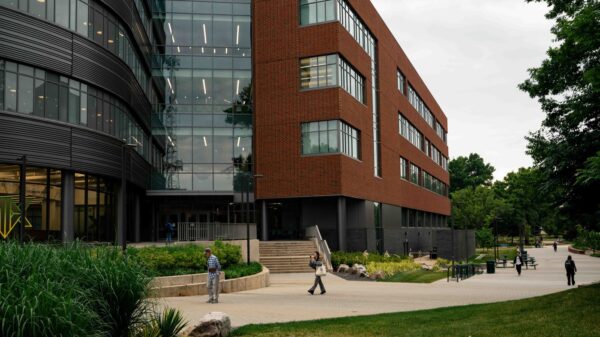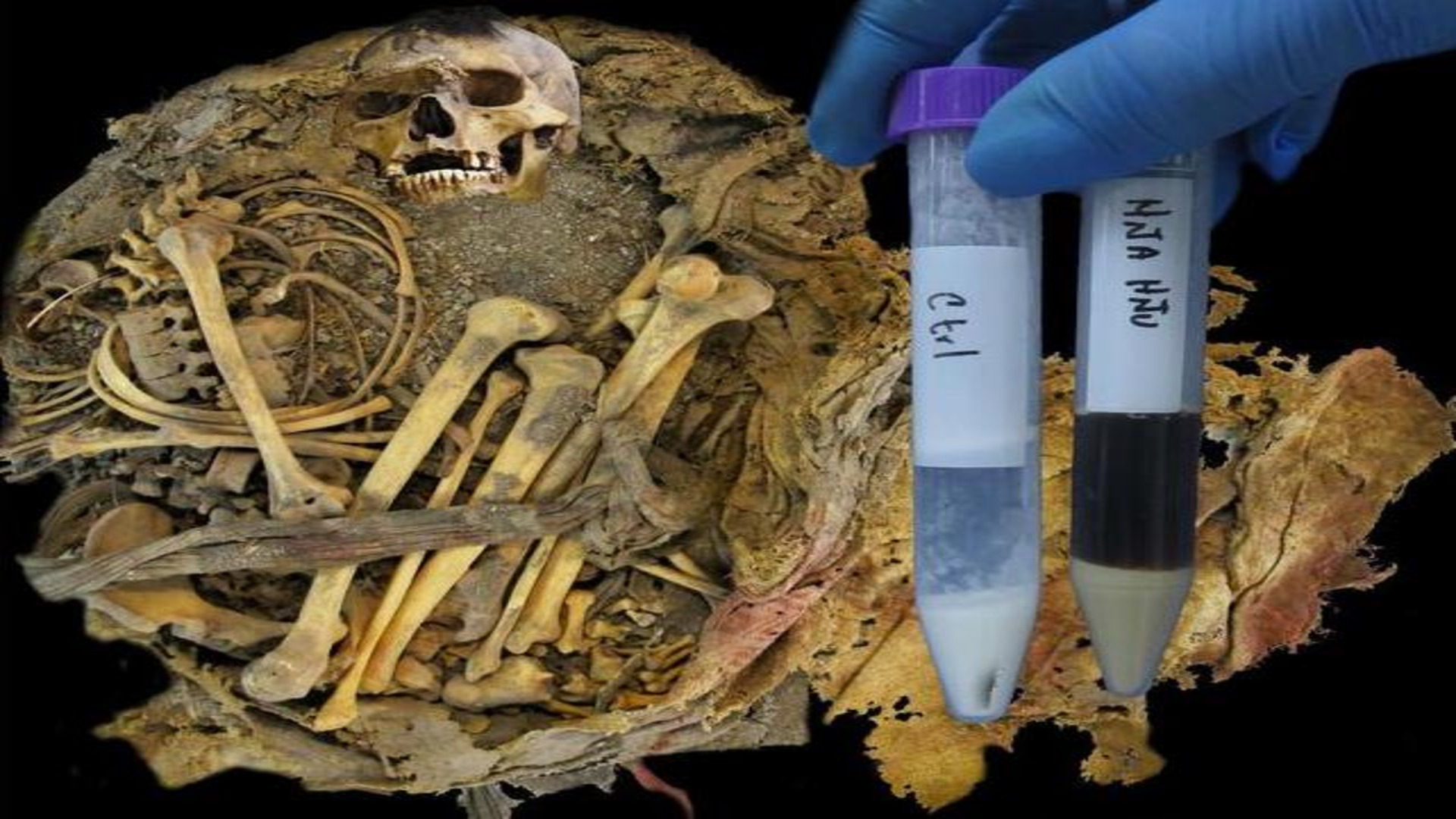Researchers have uncovered the remarkably preserved remains of a man from around 1,000 years ago in a cave in central Mexico. Known as the “Zimapán man,” this individual offers an unprecedented look into the ancient human gut microbiome. His body, discovered in a natural mummification process due to the cave’s conditions, was wrapped in a complex funerary bundle, suggesting he held a significant status within the Otopame culture, an extinct group of hunter-gatherers.
The findings, published in the journal PLOS One, reveal vital details about the microbiome of this ancient individual. Researchers believe that the study not only enhances the understanding of ancient microbiomes but also sheds light on the man’s life and the sophisticated culture of which he was a part.
A Remarkable Discovery
The remains were uncovered in 2014 by residents of El Saucillo, Zimapán, Hidalgo, who discovered the mortuary bundle in a rock shelter that provided ideal preservation conditions. According to Santiago Rosas-Plaza of the National Autonomous University of Mexico, the excavation revealed remnants of soft tissue, including skin, intestinal fragments, fecal remains, and blood vessels.
The individual, identified as Hna Hnu, was determined to have died between the ages of 21 and 35. He was interred in layers of maguey fiber mats and woven cotton, indicating his esteemed position within his community. The outer layer of the bundle was constructed from strong, intertwined maguey fibers, while a finely woven sheet of native brown cotton lay beneath it.
Insights into Ancient Microbiomes
Researchers employed 16S rRNA gene sequencing to analyze the mummified intestinal tissue and preserved feces. This method allowed them to identify several bacterial families typically found in the human microbiome, such as Peptostreptococcaceae, Enterobacteriaceae, and Enterococcaceae. These findings highlight the long-standing symbiotic relationship humans share with these microorganisms.
Notably, evidence of the Clostridiaceae family has been previously recorded in other mummies from ancient Andean civilizations, linking the Zimapán man to a broader cultural context. The appearance of Romboutsia hominis in this study marks a significant development in the field of microbial evolution research, as it had not been identified in ancient microbiomes before.
The researchers concluded that the integration of anthropological, archaeological, and microbiome data provides a powerful framework for unraveling human evolution, revealing the intricate connections between biological and social environments.
Interesting insights emerged regarding the exceptional preservation of the remains, demonstrating the culture’s advanced methods for body preservation. The study authors noted the complex arrangement of knots within the fabric of the funerary bundle, which required intricate craftsmanship. Master Luisa Mainauo, who oversees the mortuary bundle, has been diligently working on its restoration for nearly eight years, with plans to showcase it globally.
This groundbreaking research not only enhances our understanding of ancient human life but also emphasizes the sophistication of the cultures that existed thousands of years ago. The study opens up new avenues for exploring human diets and the microbiome, with potential implications for modern health and disease.







































































